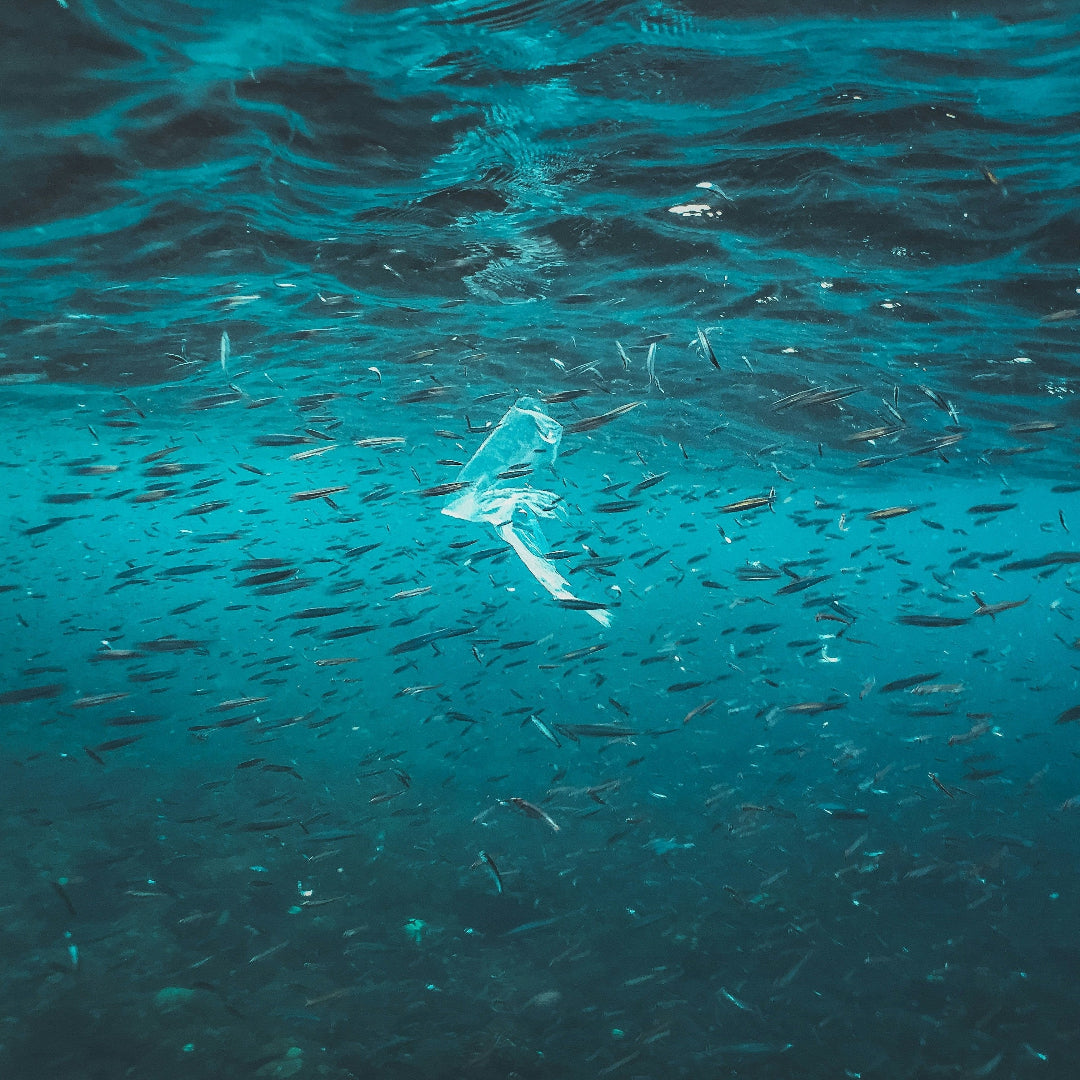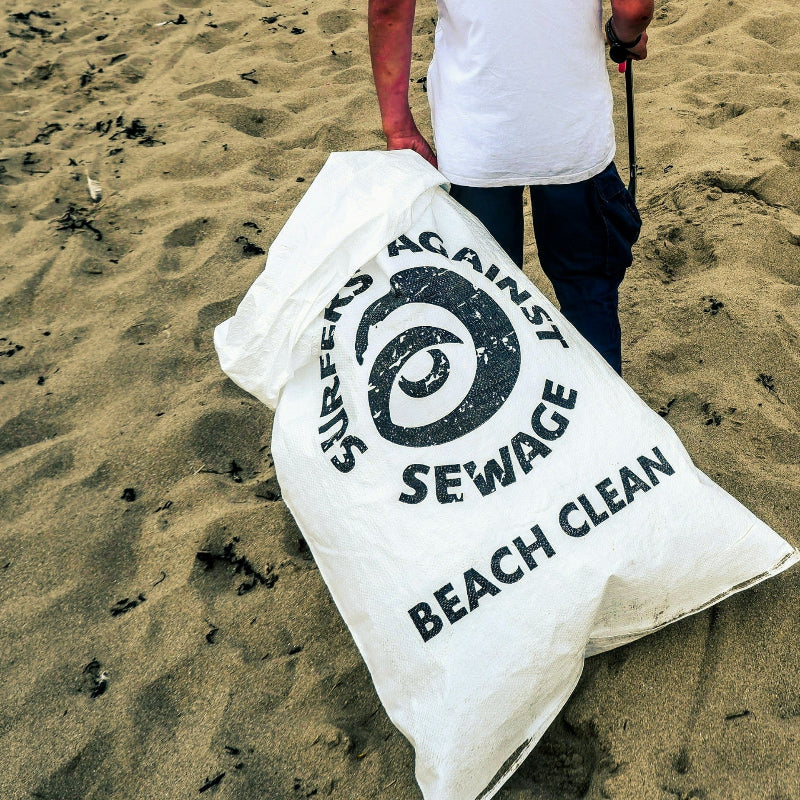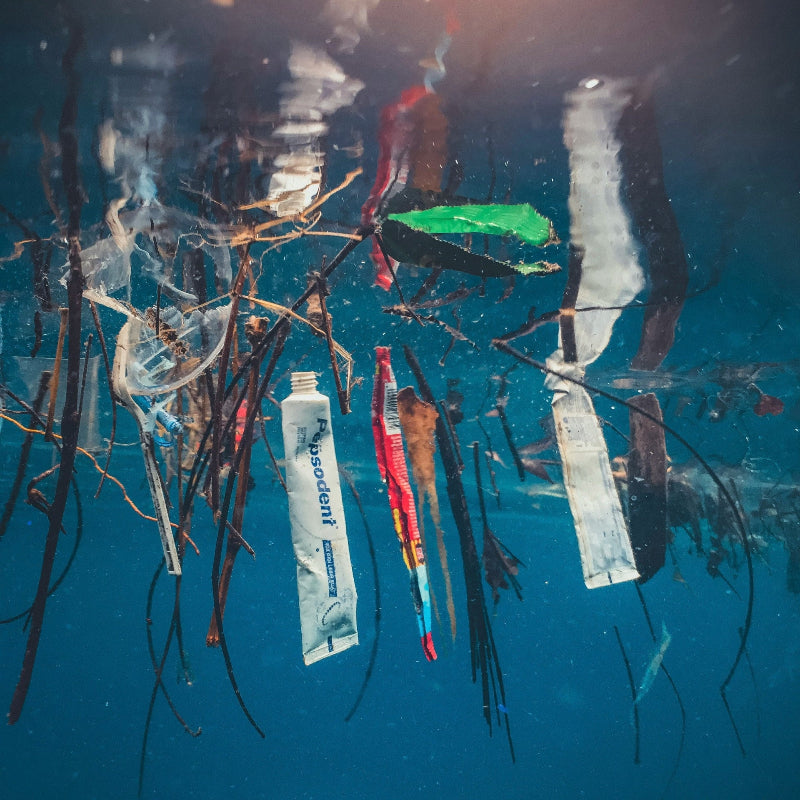Environmental pollution status
The United Nations Environment Programme (UNEP)and the World Bank have stated that the global daily wastewaterdischarge is close to 150 million cubic meters.Annually, this fgure is approximately547.5 billion cubic meters.
Wastewater discharge has far-reaching effects on the planet, primarily causing water pollution, ecological damage, and eutrophication, leading to the death of aquatic life and loss of biodiversity. Pollutants contaminate soil and groundwater, threatening agriculture and drinking water safety. Additionally, improper wastewater treatment releases greenhouse gases, exacerbating climate change. In summary, wastewater discharge not only harms the environment but also threatens human health.



Eco-Friendly Water Use in Our Materials
The wastewater discharge in the production of cotton and polyester fibers is a significant environmental issue. In the cotton textile process, about 100-150 cubic meters of wastewater may be generated per ton of cotton processed, containing dyes, chemicals, and other pollutants. In the production of polyester fibers, the wastewater discharge can reach 200-250 cubic meters per ton, containing volatile organic compounds and other harmful substances. In contrast, the water used in our material production contains no harmful substances, allowing for water recycling and significantly reducing wastewater discharge and environmental impact.


Have you ever appreciated the beauty of the world?


Each small effort adds up to a global difference.
Earth is our shared home, filled with unparalleled beauty. From the vast oceans to the expansive forests, every natural landscape deserves our care. Perhaps, protecting the environment doesn't require heroic deeds that span mountains and seas, but rather small actions from each of us. Every time we reduce waste or choose sustainable products, we are giving back to this land with love. Let's start with the little things in our daily lives, together guarding this beauty and creating a more sustainable future.




